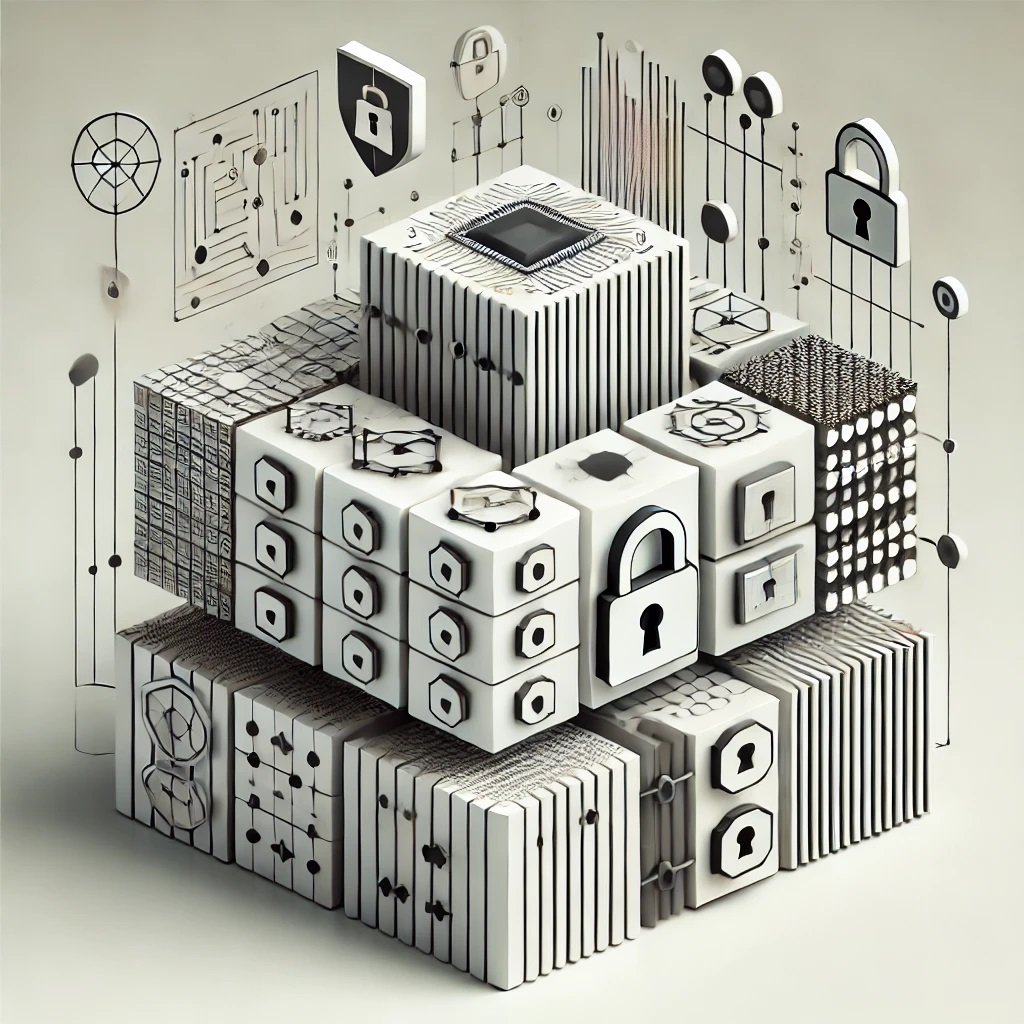Open or Closed? AI model choices define safety, transparency, and governance challenges for the future.
Article published on: 5th November 2024
Credit: time.com
In Summary:
What are Open and Closed AI Models?
Today’s top AI models can be classified as either open or closed. Open models are publicly available for anyone to download, modify, and use. In contrast, closed models, like OpenAI’s ChatGPT, have usage limitations set by their developers to prevent misuse, making them more secure but less accessible. According to research from Epoch AI, open models lag behind closed models by roughly a year but are catching up.
Performance Gaps and Governance Challenges
The best open model, Meta’s Llama 3.1, has matched the performance of older closed models like GPT-4, raising questions about the governance and safety of open-source AI. Open models can empower a diverse community, foster innovation, and drive efficiency, especially in public sectors like education and health. However, without restrictions, they may also pose security risks if used by malicious actors. Closed models offer more control but are less transparent, making it challenging to inspect their data for biases or potential misuse.
Security and Accountability
Open models offer transparency and accountability, allowing researchers to assess biases or copyright issues, as seen with models like Stable Diffusion 2. In contrast, closed models require trust in the developers’ own ethical guardrails. Some governments, like the U.S., have established bodies to test and evaluate AI models, but managing open models’ risks remains complex.
Balancing Safety and Progress
The debate over open and closed models highlights the need for clear policies. While closed models remain easier to control, the potential convergence of their capabilities with open models will prompt policymakers to consider new governance structures.
Interesting Fact
In August, Chinese researchers repurposed an earlier version of Meta’s Llama for military use, underscoring the challenges in controlling how open models are applied once released.
For the full article, visit the original post on time.com: The Gap Between Open and Closed AI Models Might Be Shrinking. Here’s Why That Matters

